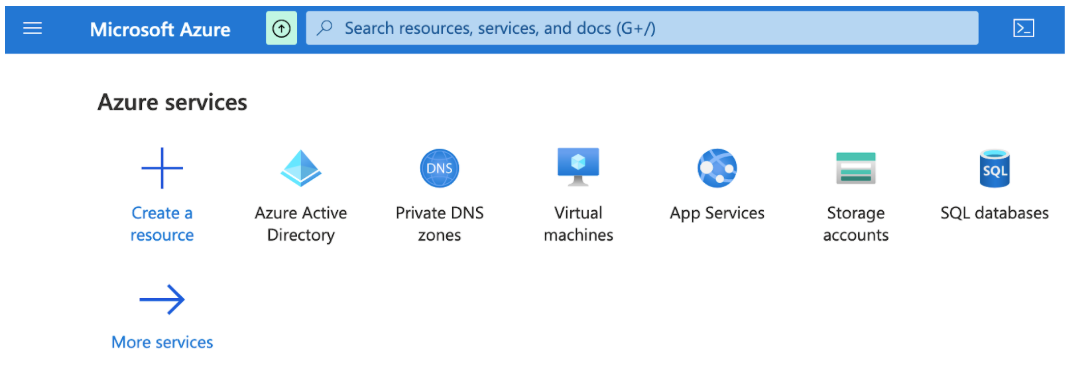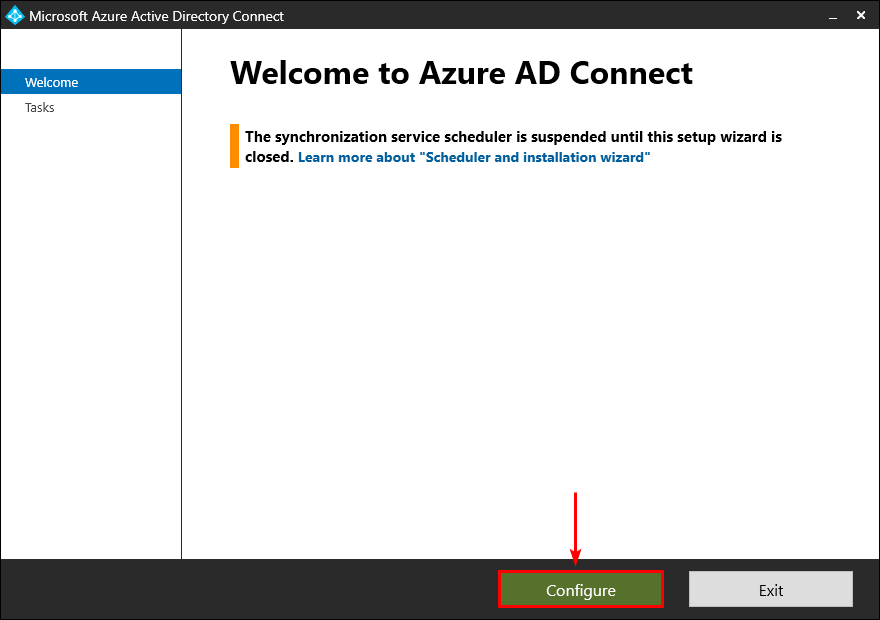

You’ll be redirected to your Office365 login page.The company code could for example be TIX for TijdX.

You can find this in the OfficeAdmin on the Settings page (Settings > General > Tag prefix). You’ll need to enter the three letter Company code that you/is created for your company. When testing via the Officebooking mobile app or web app, you log in by selecting the button ‘Login with SSO’.Testing SSO is done either directly from Azure Admin center, the mobile app or the web app.To add users manually or by powershell you can use these instructions of Microsoft. Make sure you add yourself or some test users to the Azure AD group entitled to use the Officebooking app.The metadata URL will be something like:Ĭopy the ‘App Federation Metadata URL’ and enter it in the OfficeAdmin portal at ‘SSO Metadata URL’. Step 5: Enter metadata URL in the OfficeAdminĪfter following the steps above, you’ve collected the right metadata URL to enter in the OfficeAdmin portal (add to the field you’ve left open in step 2). Please contact Officebooking Support, and they will help you activate this. Note: in the case you’ve added these attributes, these extra attributes need to be activated in Officebooking. Note: you’ll need to match the location ID with the Location UID in OfficeAdmin! The Location UID can be entered in the OfficeAdmin via Location > Select location > Edit > Enter UID > Save location.



 0 kommentar(er)
0 kommentar(er)
